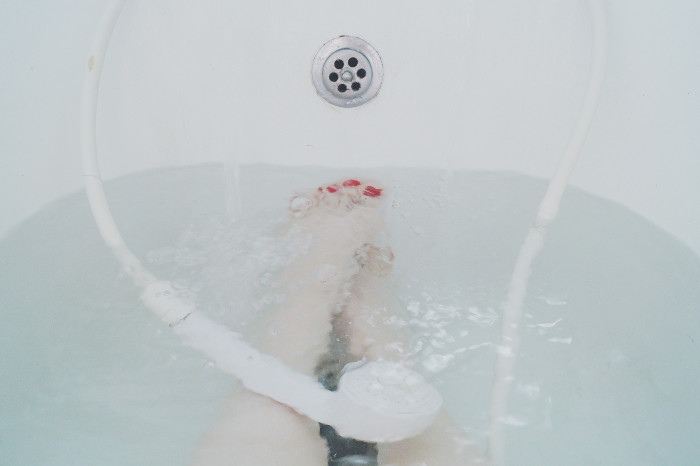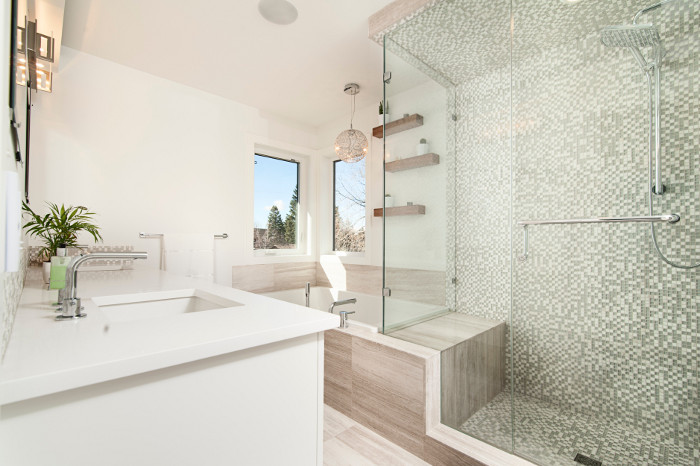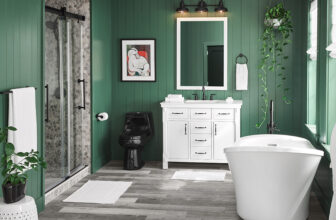
Contemplating whether you should put a bathtub or a shower in your bathroom? Here are some factors to consider:
 Photo by Karla Alexander on Unsplash
Photo by Karla Alexander on Unsplash
Who will use the bathroom?
Think of either the people in your household or your potential buyers. Young, busy couples tend to prefer walk-in showers over tubs. The same is true for many elderly and disabled individuals because walk-ins are easy to get into and out of; however, these homeowners tend to prefer a place to sit and railings for safety and ease. Although, it would be difficult for parents of babies and toddlers to manage bath time in a shower.
If you are looking to age-in-place, a shower is a good investment. If you are planning to start a family, make sure you have at least one tub.
Baths in a master suite are usually only used by adults. If you plan to keep or install a master bathtub, consider deep, stand-alone models. These provide a luxurious option for those who like to soak in comfort. There are models for every aesthetic, easily incorporated into modern, rustic and antique designs. You can even look for varieties with jets or internal heaters that help keep the water warm. Source: TheSpruce
Which is more environmentally friendly?
Showers beat baths from an environment standpoint so long as you aren’t taking a very long shower, Grist reported earlier this year.
The best way to conserve water is to use a water-saving shower head, which uses no more than two gallons of water per minute. A 10-minute shower will put you at only 20 gallons on average to get clean through this method.
The average bath uses 36 gallons to fill a tub, while the average shower (without the water-saving device) uses five gallons of water per minute, according to the U.S. Geological Survey.
You can make it snappy and rinse off between five and seven minutes with a regular shower head, or go a bit longer with a water-reducing nozzle instead. Source: HuffPost
Does the bathroom have enough space?
Space is at a premium in the average bathroom, which often measures just 5 by 8. While a standard tub measures 30 inches wide, it can be as long as 72 inches, according to This Old House, while stand-alone showers range from 36 by 36 inches to 36 by 48. This smaller footprint allows a shower to fit much more readily in a small bathroom than a tub, freeing up space for other features. Eliminating the tub in favor of the shower also allows homeowners to incorporate a larger, spa-like shower rather than the standard enclosure, while still utilizing less space than the average bathtub. Source: HomeGuides.SFGate
If at this point you’re still undecided on which to get, we can help you pick what works best for your bathroom. Call us today!
Contact:
Perfect Bath
Phone: Toll Free 1-866-843-1641
Calgary, Alberta
Email: info@perfectbath.com







